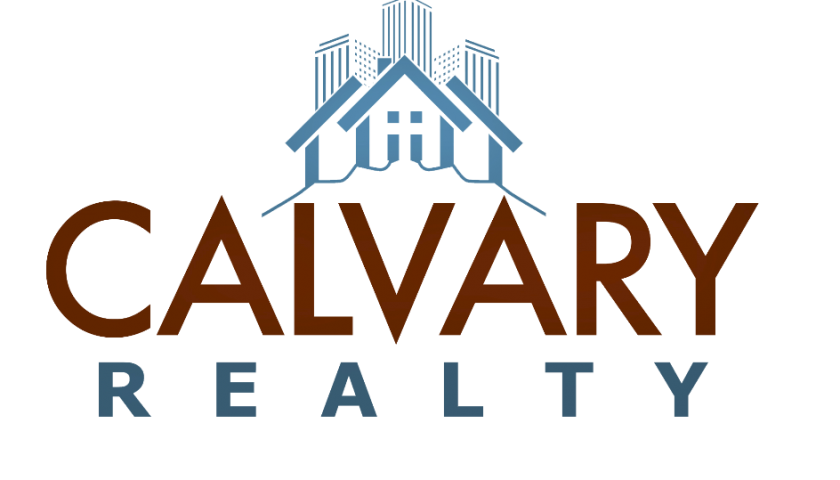As the end of 2025 approaches, the self-storage industry finds itself navigating two converging headwinds: an increasingly active development pipeline and the growing signs of a K-shaped economy. While each challenge is significant on its own, the combination presents a more structural issue for operators, owners, and investors. Development activity remains elevated across many U.S. markets, and despite widespread acknowledgment of “overbuilding,” new supply continues to be delivered. Many people are still underestimating the pace and scale of ongoing development. This point resonates with what we are seeing on the ground: projects that broke ground during the low-rate era of 2021–2022 are now opening into a very different operating environment.
At the same time, broader economic trends suggest that households are not experiencing recovery or income growth equally. In discussing a K-shaped economy, it is important to highlight that the upper leg of the “K” represents households whose financial position has strengthened, buoyed by stable employment, strong asset appreciation, and stock market participation. The lower leg, however, reflects the reality facing many low- to middle-income Americans: persistent inflation, stagnating wage growth, rising consumer debt, and declining savings rates. Unfortunately for our sector, the self-storage core customer overwhelmingly sits on this lower leg of the “K.” High-income households are not the primary drivers of storage demand; they tend to have larger homes, more discretionary space, and a greater ability to buy new items rather than store existing ones. The industry’s demand profile relies heavily on life transitions, mobility, and space constraints, all of which are disproportionately felt by the middle-income consumer.
When the forces of more supply and a potentially weakening customer base intersect, several challenges form. Occupancy risk increases as new facilities open into markets that are no longer absorbing at historical rates. Stabilization periods lengthen, and existing operators must compete harder for the same pool of renters. Rate growth, which used to be a dependable lever once a property reached stabilization, has become more difficult to achieve in an environment where the consumer is under stress. The days of aggressive in-place rent increases are giving way to more cautious pricing strategies because customers simply have less ability to absorb higher monthly payments. New development, too, becomes riskier. Underwriting assumptions made during the boom years, like strong absorption, healthy rate growth, and manageable operating expenses, now require recalibration. Developers facing extended lease-up timelines or more constrained revenue curves may experience erosion in their projected returns.
These dynamics create a widening performance gap between markets. Areas with strong income growth, job stability, and housing activity (the upward side of the K-curve), may still demonstrate resilient storage demand. But markets where incomes are flat, consumer stress is rising, or household budgets are strained will likely see greater volatility and more pronounced impacts from new supply. In this environment, operator excellence becomes even more critical. Efficient expense management, strong digital marketing, strategic pricing discipline, and a deep understanding of local demand trends will determine who gains market share and who struggles to keep pace.
As we look toward 2026, the message is clear: the fundamentals of the business are changing. Development momentum is not slowing fast enough, and the economic pressures on the core storage customer are intensifying. For owners and investors, it is essential to treat supply as a real and immediate risk factor and to consider how the lower leg of the K-shaped economy affects tenant behavior, churn, and pricing power. At Argus, these realities inform how we underwrite deals, advise clients, and assess long-term value. Our Argus Broker Affiliates have recently complied a detailed report of development projects nationwide and would be happy to share the details of these projects for the market areas you are interested in. Just reach out to your Argus Broker Affiliate listed on the back page of the Market Monitor to request a development report. The path forward remains attractive, but it will require sharper analysis, more conservative assumptions, and a more strategic approach than the self-storage industry has needed in the last decade.
Author: Cole Carosella, Vice President, Argus Self Storage Advisors




